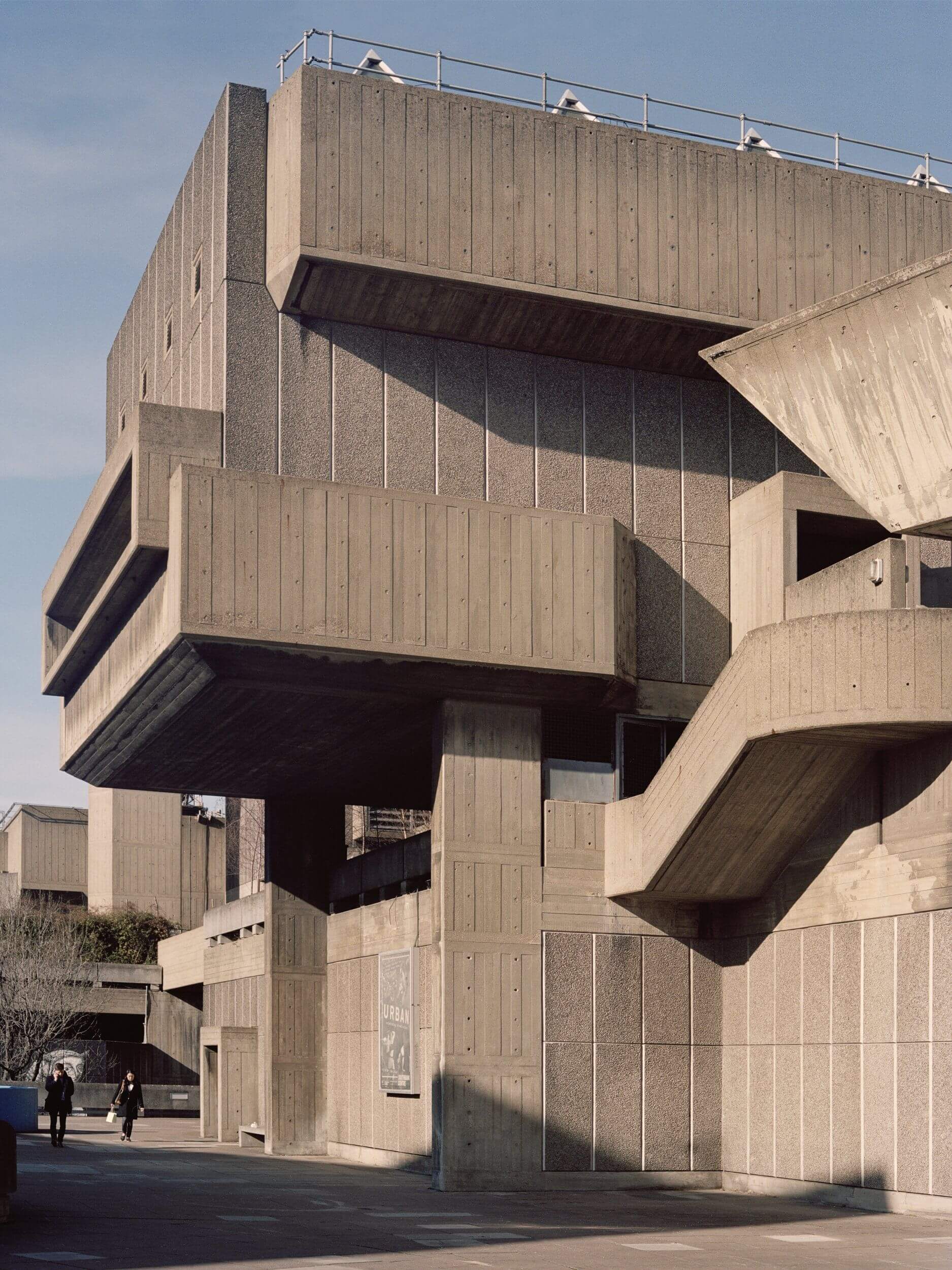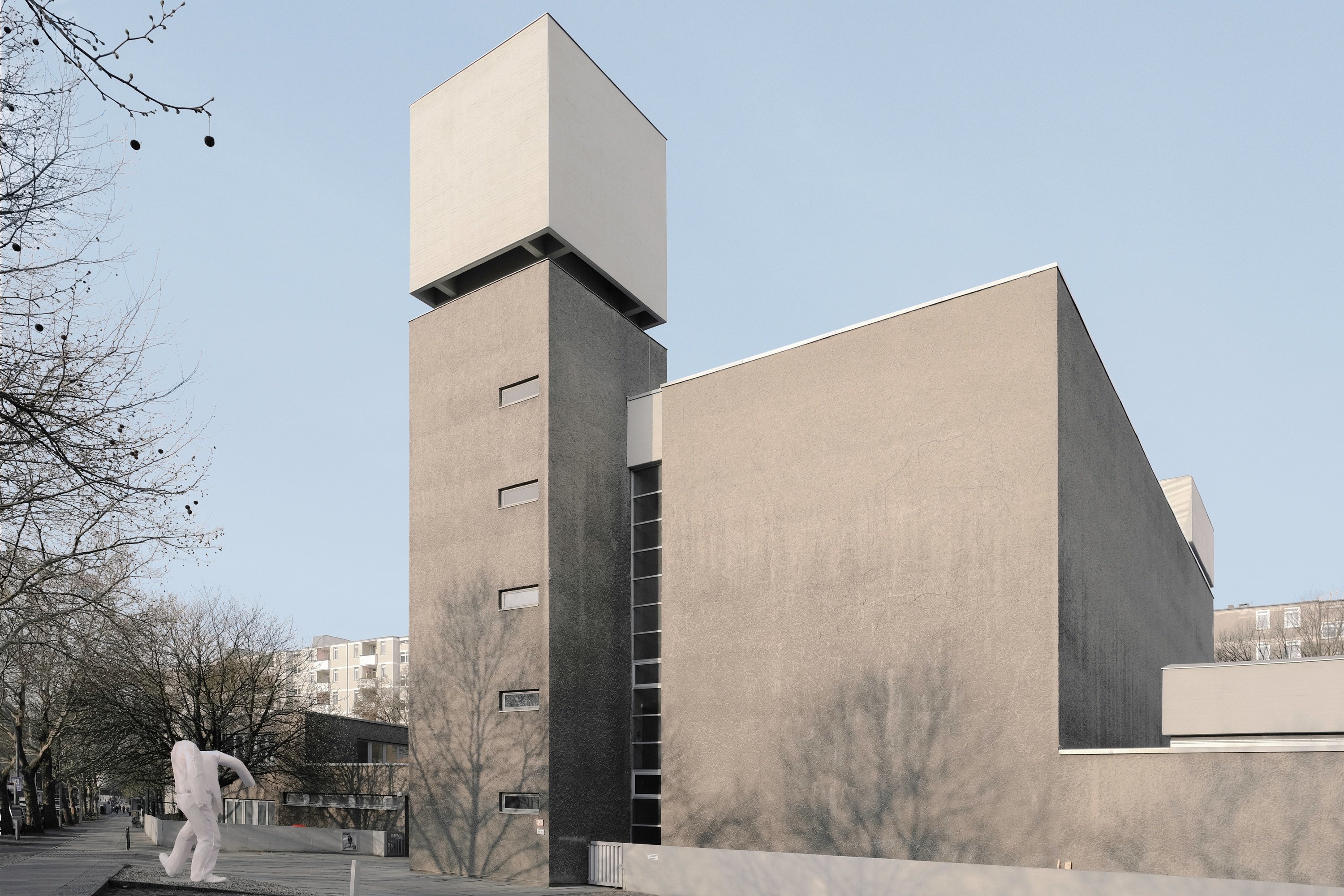Table Of Content

‘The precursor of the brutalist style is the Bauhaus movement, which emphasized raw exploration of concrete façades and forms,’ says architect and interior designer Hafsa Burt of hb+a Architects. Known for its use of functional reinforced concrete and steel, modular elements, and utilitarian feel, Brutalist architecture was primarily used for institutional buildings. They were also used for important residential buildings in order to rationally address the critical need for housing.

Related Articles
Brutalist design is an architectural form distinguished by purposeful simplicity, crudeness, and clarity, which can be regarded as severe and intimidating. The success of these Brutalist buildings was both stunning and divisive, due in part to their focus on the utilization of unpainted concrete for building facades and surfaces. Brutalist house design arose after WWII, although it was founded on the concepts of utilitarianism and tremendous austerity that characterized the preceding architectural modernism.
Key Artists
Content is the reason why people visit websites, and web creators naturally want to put their content front and center for users. Since brutalism emphasizes functionality over ornamentation, web designers rely on simple typography with large font sizes to put more visual weight on the text. This may not be the mirror you want in your bathroom that you use every day. However, it would make an excellent decor piece in an entryway hallway or maybe even in the living area. Color-wise it’s borderline brutalist, maybe leaning a bit more to a modern contemporary. But the unique shapes and textures it has for the “mountain range” are what you’re after when doing a brutalist interior.
Most influential architects
“There’s something to be said about the zeitgeist of brutalism’s heyday—there was this heightened aspiration for the future and collective optimism around what that might look like,” he says. Le Corbusier’s building is an apartment block completed in 1952 which also contained communal areas, shops and a hotel-restaurant. It was constructed from béton brut, in other words, raw concrete, and architects in many countries designed civic, cultural, and residential buildings in this brutalist style through the 1950s, 1960s, and 1970s. Brutalism emerged following the end of World War II, originally spanning from the United Kingdom and Europe before spreading to other parts of the world.
Brutalism is "very simple and honest architecture" says Ludwig Godefroy - Dezeen
Brutalism is "very simple and honest architecture" says Ludwig Godefroy.
Posted: Mon, 29 Jan 2024 08:00:00 GMT [source]
Brutalist design’s nostalgic qualities and retro appeal have resonated with a younger generation, drawn to its mid-century modernism influences and timeless aesthetic. Additionally, contemporary artists and designers have blended Brutalist elements with other styles like minimalism, industrial design, and modern architecture, creating fresh and unique expressions. In the United States, one of the most noted early examples was Paul Rudolph's Yale Art and Architecture Building (1958). Rudolph went on to design the entire campus of the University of Massachusetts at Dartmouth, much of it in the same style. In other cases, showpiece campus buildings, notably part of the library at the University of Chicago, and the Brigham Young University performing arts building, were commissioned in the Brutalist style.
AD archives: Inside 10 of the most stunning brutalist homes - Architectural Digest India
AD archives: Inside 10 of the most stunning brutalist homes.
Posted: Tue, 24 Oct 2023 07:00:00 GMT [source]
The Most Beautiful Brutalist Buildings
The villa was a two-story rectangular structure made of rich brick, with visible I-beams and a variety of béton brut ceilings and walls exposing the concrete casting forms. Le Corbusier, a contemporary architectural pioneer, was not only the key precursor of and impact on Brutalism, but he also designed some of its most recognizable structures. He originally examined the usage of concrete as a pupil under Auguste Perret in Paris, then researched reinforced concrete technologies with engineer Max Dubois in 1914. This stunning church designed by Fritz G. Mayr was built in 1976 and is one of the most popular Brutalist buildings. Wotruba Church showcases blocks of a variety of sizes but still details the concrete predominately used in this style. With the variance in shape sizes, this building adds an element of artistic value for an interesting visual.

Vilanova Artigas started working with concrete for the Morumbi Stadium (1952). In the 1970s and succeeding decades, many of these complexes became defined by neglect, poor maintenance, and criminality, and faced popular and critical opposition, until a recent resurrection of cultural and societal goodwill. The building was described as “New Brutalism” by Hans Asplund, a famous Swedish architect. “Reinforced concrete presented me with great resources, diversity, and a passionate plasticity,” Le Corbusier said. Emily Estep is a plant biologist and journalist who has worked for a variety of online news and media outlets, writing about and editing topics including environmental science and houseplants.
What Is Brutalism?
The name Brutalism derives from early Brutalist architect Le Corbusier’s use of the French phrase “béton brut,” which refers to the raw or exposed concrete integral to Brutalism. The term Brutalist then developed alongside the architectural style in the UK. “Brutalist architecture is an architectural style that developed in the 1950s in postwar Europe (especially the UK) and became more widespread in the United States in the 1960s,” says Kate Reggev, a New York City-based architect and historian. “Stylistically, it employed a minimalist, modernist approach to design that sought to create functional buildings—often out of concrete—most commonly with simple forms that were 'honest' in the way they expressed their materials and structure." Alison and Peter Smithson had met as students at Durham University, where they began a lifelong personal and professional relationship. In 1949 they won an architectural competition for their design for the Hunstanton Secondary Modern School ( ) in Norfolk, later seen as an exemplar of Brutalist style.
Brutalist architecture peaked in the 1950s and 1960s, but in the 1970s, it started to fade away because many people perceived it as cold and inhuman. Outside of architecture, brutalist aesthetics were adopted other design fields, such as art, graphic design and fashion. Brutalism in web design refers to a design approach that emphasizes raw, unpolished aesthetics. Brutalist websites incorporate visual features like bold typography, high-contrast color schemes and unrefined graphics. Such style conveys a sense of daring and boldness, and can be used to create a unique visual identity for a website. As sleek and polished interfaces dominate the web, many designers want to figure out how to make a website that’s a refreshing departure from the norm.
And a linear motif, like the frets of a guitar, runs horizontally across the apartment from ceiling to walls, across the bookshelves and onto the floors with almost painful precision. Hafsa Burt, a seasoned architect with 24 years of experience, leads hb+a Architects, a studio she founded in 2006. A graduate of SCAD with a Master of Architecture, her diverse portfolio spans from the San Francisco Airport to multifamily and medical office buildings. As an environmental advocate, she champions carbon-neutral and regenerative building designs, focusing on indoor air quality and eliminating toxins. We offer you extensive information about the history of art, analyses of famous artworks, artist biopics, information on architecture, literature, photography, painting, and drawing. The two-story rectangular structure has classrooms on the first level, and the Brutalist interior design makes inventive use of staircase columns to reach no more than three classrooms, limiting noise and disturbing student mobility.
Public circulation realms and private zones become distinctly legible through extended shapes. Materials also hint at uses, like rugged concrete, suggesting civic robustness. This massiveness stems from exploiting concrete’s plasticity through techniques like bold cantilevers or faceted volumes. The above principles, like exposing materials and conveying function, create a unified brutalist architectural identity. They synthesize modernist ethics and aesthetics with sensitivity to cultural heritage and user experience. Often inspiring strong emotions—both those of love and hate—Brutalist architecture remains one of the most divisive architectural styles of the modern age.
Studio Push is an international multidisciplinary studio specializing in graphic design and creative coding. The studio uses a brutalist style to convey a strong sense of personality. Visitors are invited to click on any part of the web page to see the featured artworks in their collection. Bold typography definitely benefits this design, and although the colors clash in certain areas, it's an effect that embodies the unique brutalist appeal.
Part of UC San Diego, Geisel Library is both the most recognizable structure on the campus and one of the most frequently celebrated Brutalist buildings. Sometimes referred to as having a “lantern” design, the building is often commended for its blending or Brutalism and futurism. Many of the defining aspects of the style have been softened in newer buildings, with concrete façades often being sandblasted to create a stone-like surface, covered in stucco, or composed of patterned, precast elements. These elements are also found in renovations of older Brutalist buildings, such as the redevelopment of Sheffield's Park Hill. Milan saw some wonderfully whimsical designs too, for a moment’s smile among the otherwise more serious discussions on machine intelligence and climate emergency. At the Triennale di Milano (until June 16, 2024) is an immersive site-specific video installation that takes you into the creative mind of the brilliant Italian architect Alessandro Mendini.

No comments:
Post a Comment